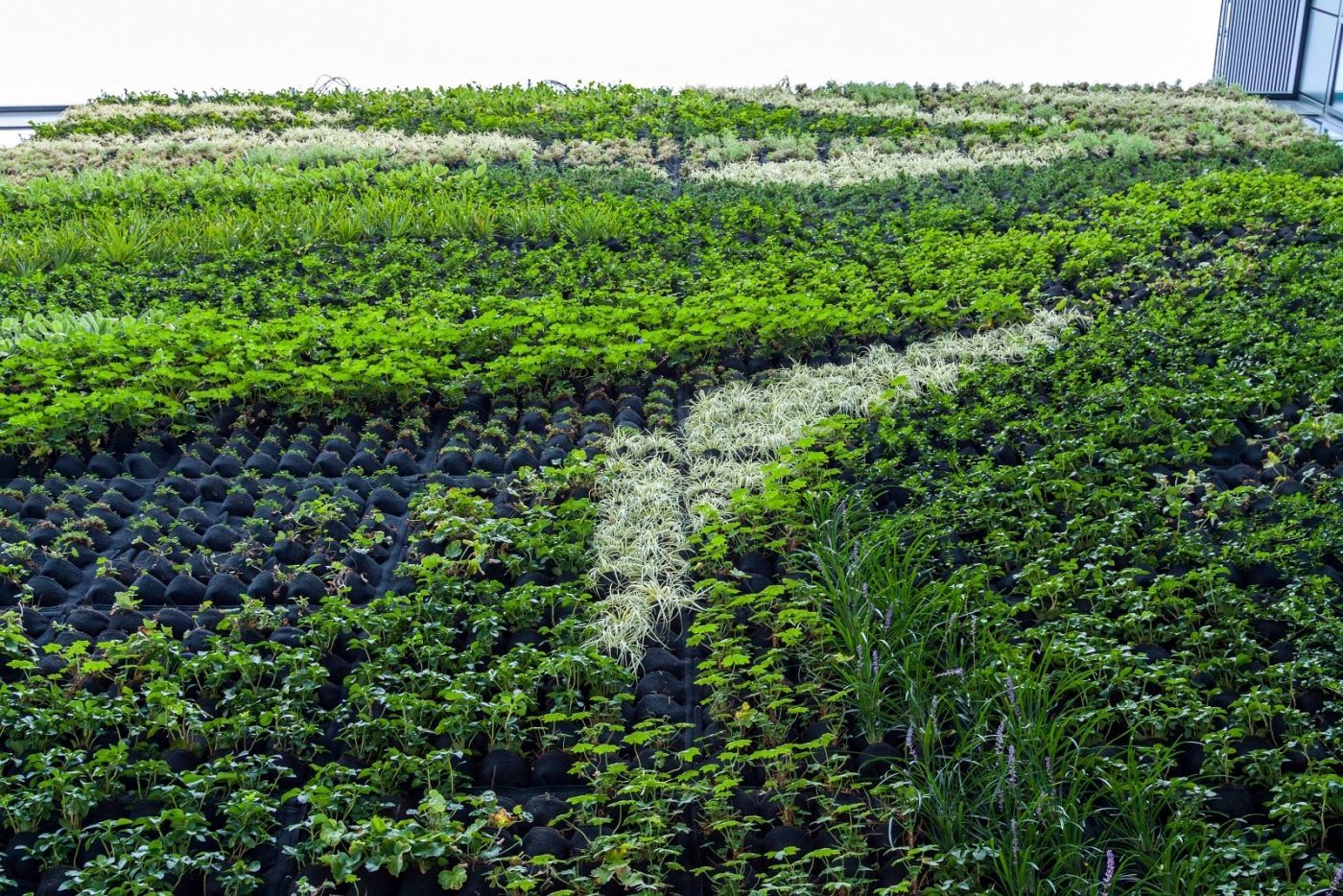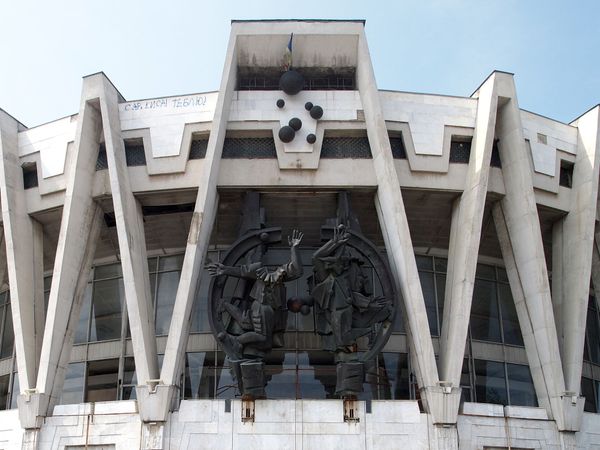In Western Europe, the rudimentary implementation of vertical gardens and farms was already started in the twentieth century, but only traces of this can be found in the East. Today we are building upwards, but can we farm in this direction?
Vertical farming works indoors, on several levels, moving upwards, taking advantage of the ceiling height. In these multi-story greenhouse centers, hydroponics (a system of nutrient solution) and LED lights are used instead of topsoil.
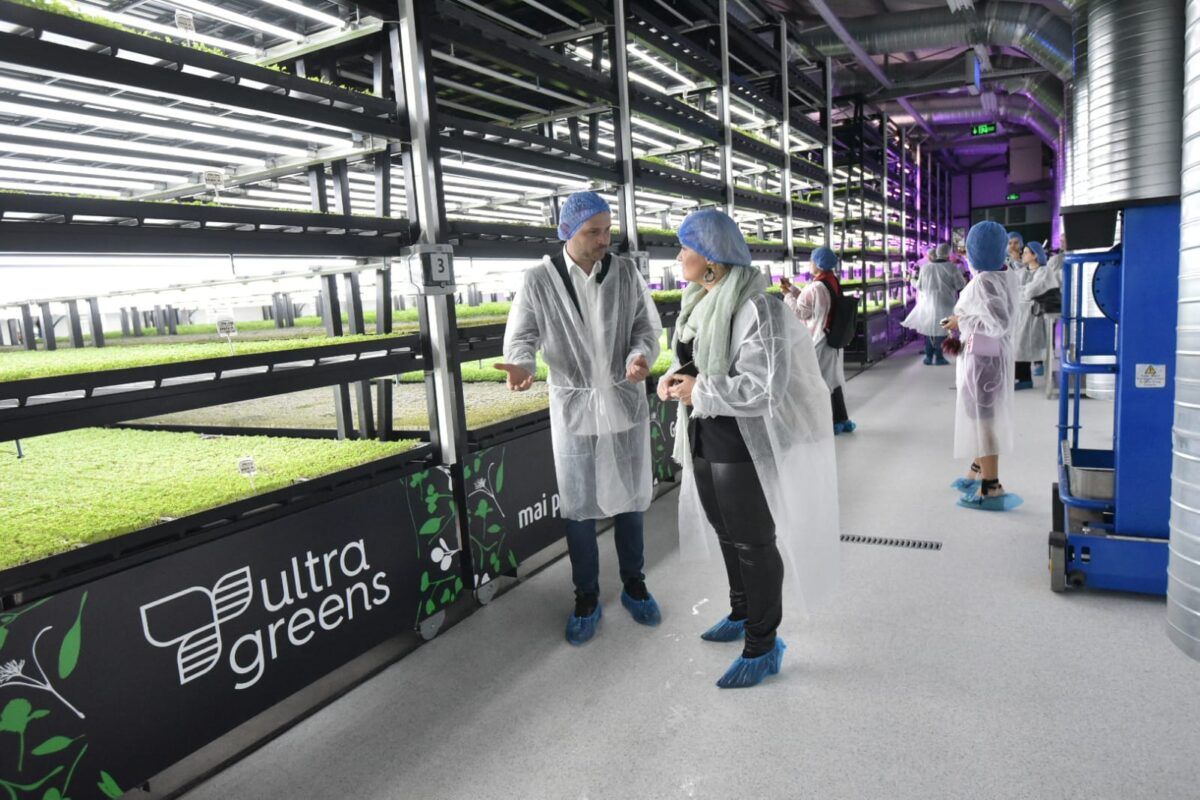
As the number of new buildings grows in proportion to the increasing urban population, the urban demand for food increases, while space decreases. There are fewer green spaces and essential goods are being delivered to city centers from further and further afield, and air quality is deteriorating in the ever-growing concrete jungle.
Vertical farming and urban gardening are two forward-looking concepts that may allow a return to local agriculture. Its main advantages are space savings and constant production regardless of weather conditions. However, the artificial light and energy needed to achieve this is often criticized.
Vertical farming as a system is still in its infancy in the region, but there are already several examples of vertical gardens. Although the focus is mainly on greening and beautifying the urban image, they are basically similar in function. Let’s look at the local examples.
Ultragreens
Ploiești, Tătărani | Romania
The two greenhouses in Romania, which will be launched this November, are set to become the largest vertical farms in Europe. Ultragreens (formerly Fresh Microgreens) has invested more than €2.2 million in the project. The farms were built in the cities of Tătărani and Ploiești with the aim of producing as suppliers for the brands Eisberg and Kaufland.

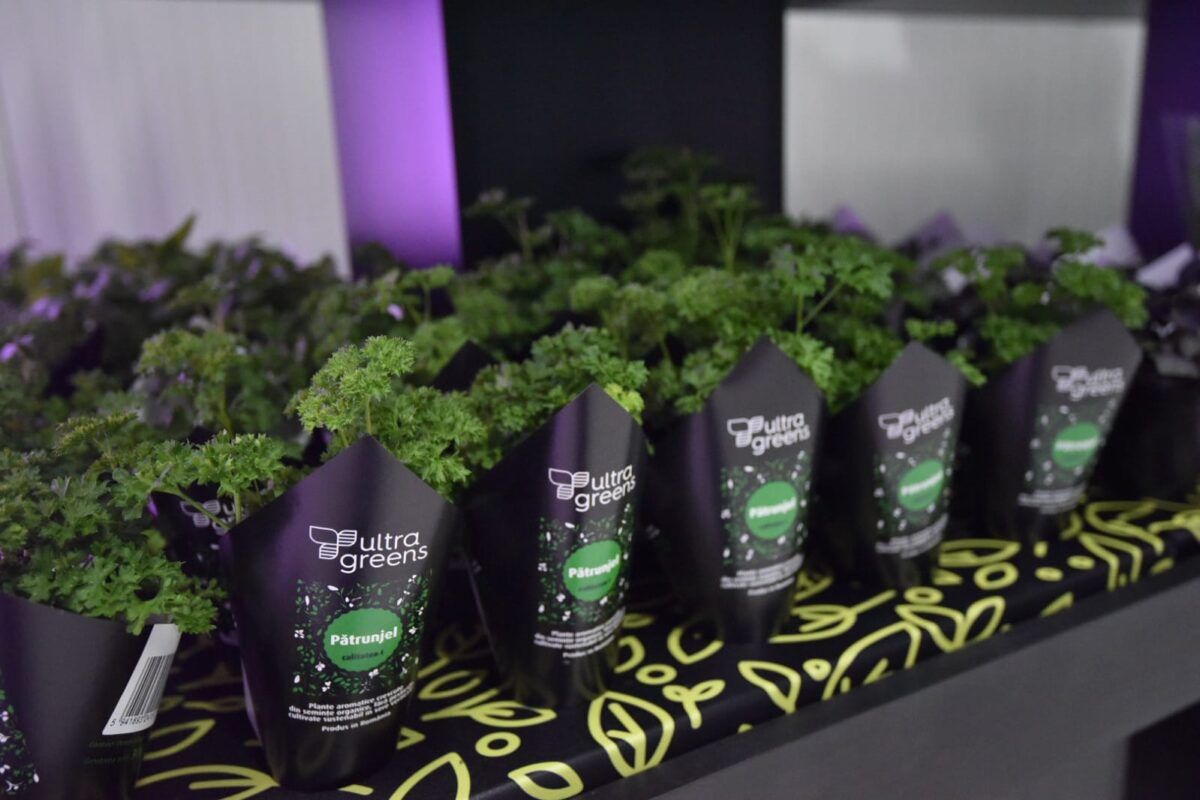
Living wall
Posejdon | Poland
This ‘breathing wall’ is part of the Posejdon building, one of the most environmentally friendly facilities in Poland, with 6,500 plant seedlings planted when the wall was built.
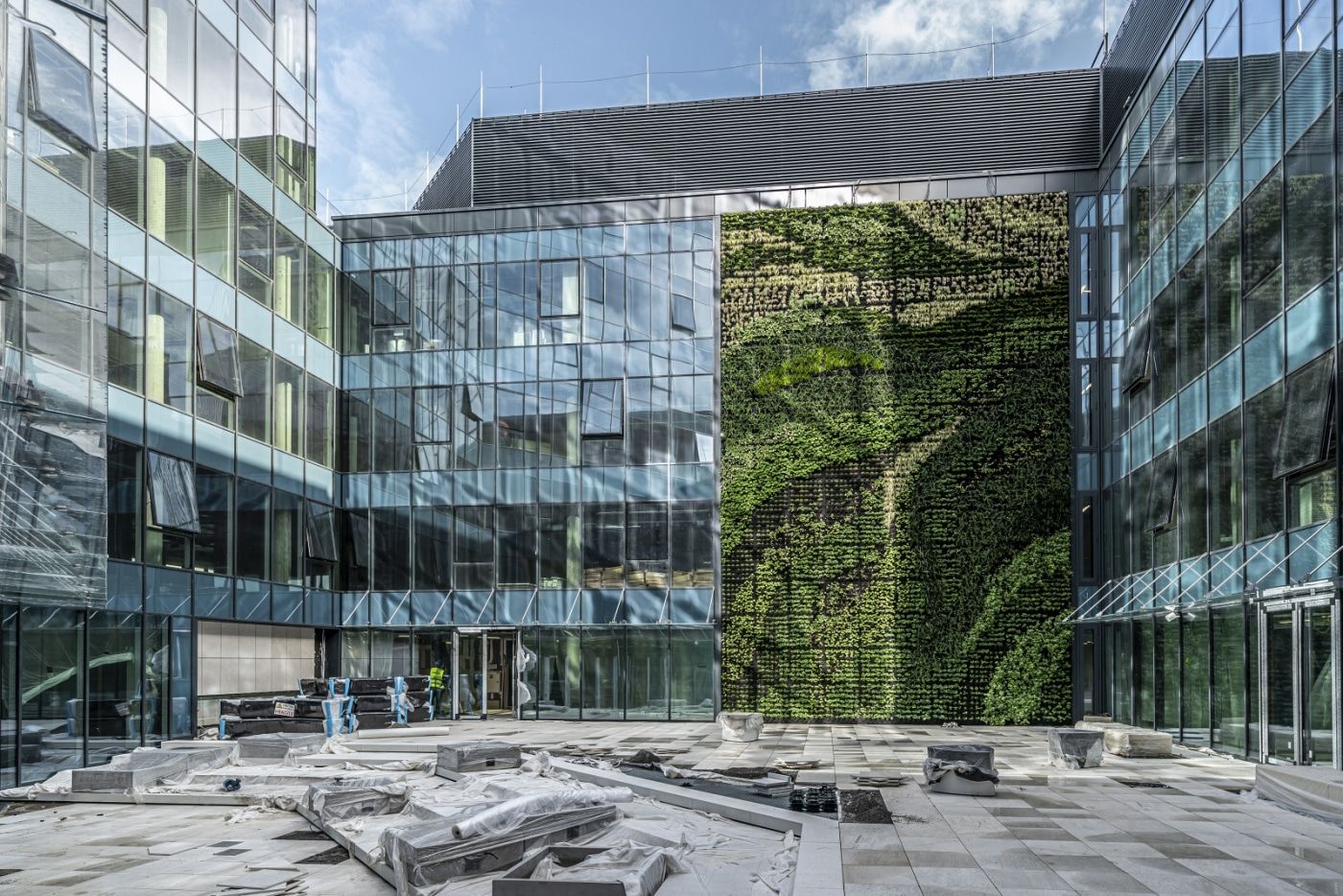
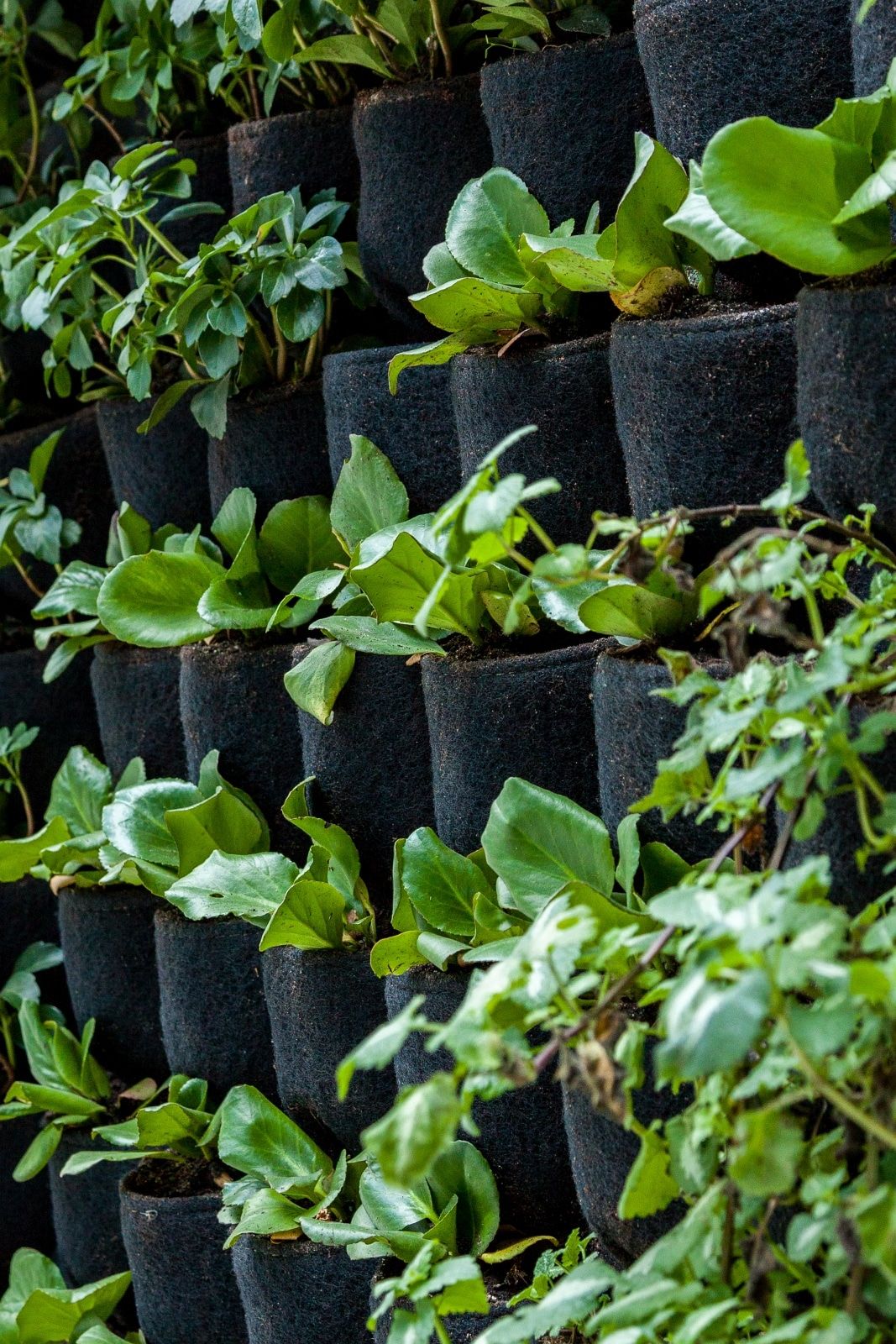
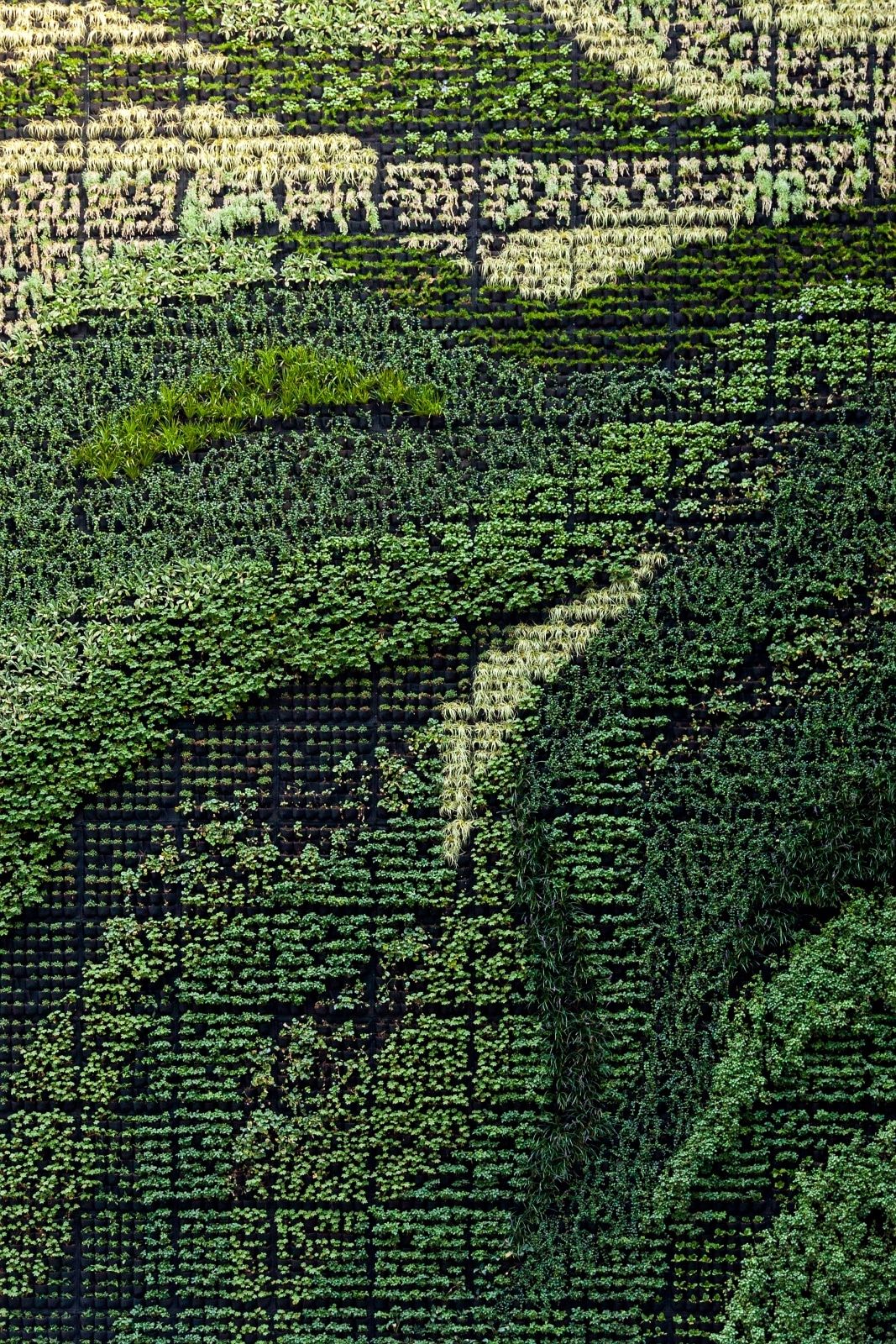
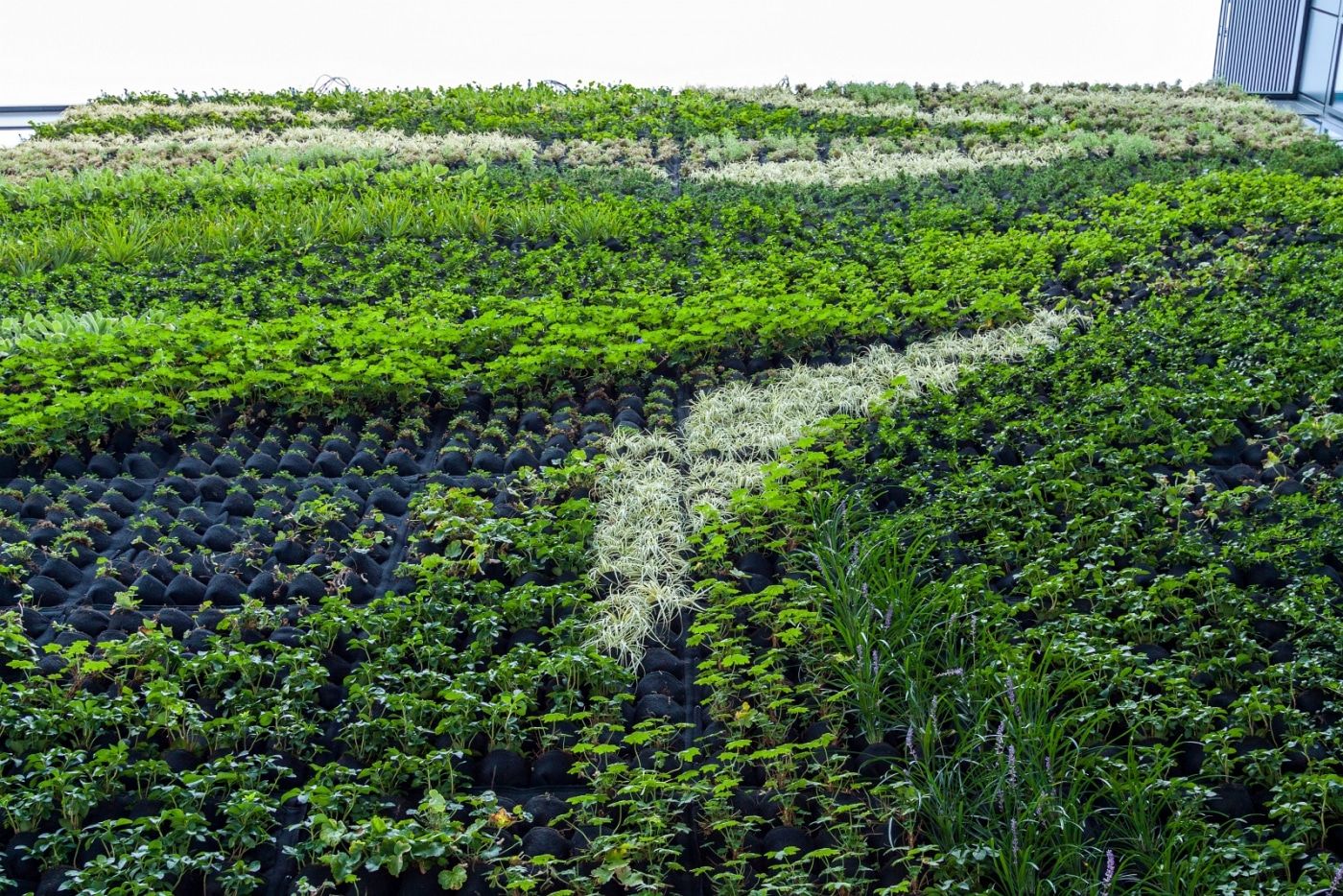
Nemanjina Complex
Belgrade | Serbia
In the center of Belgrade, an above-ground and underground garage is being built, with a special green wall. The building will have a total of nine floors with 181 parking spaces for employees of the state administration. The urban planning project is being coordinated by Geoproject engineering and construction work is scheduled to start next year.
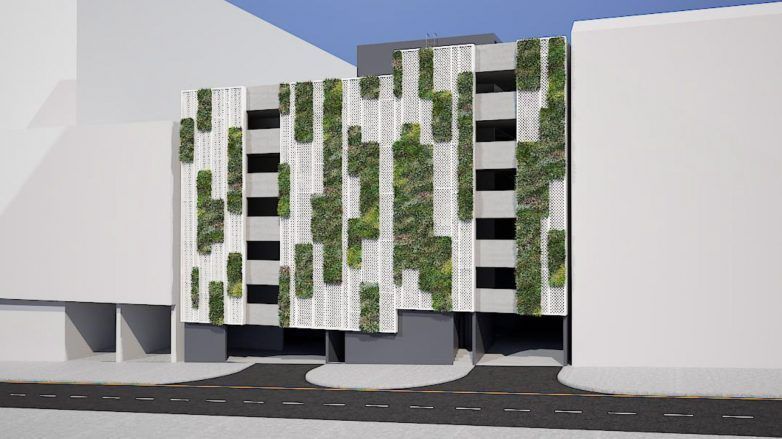

Mol filling station
Budapest | Hungary
The only significant solution that comes close to a vertical green garden is the green wall of the Mol filling station on Istenhegyi Road, which is accompanied by solar ‘trees’ as part of the eco-friendly petrol station.

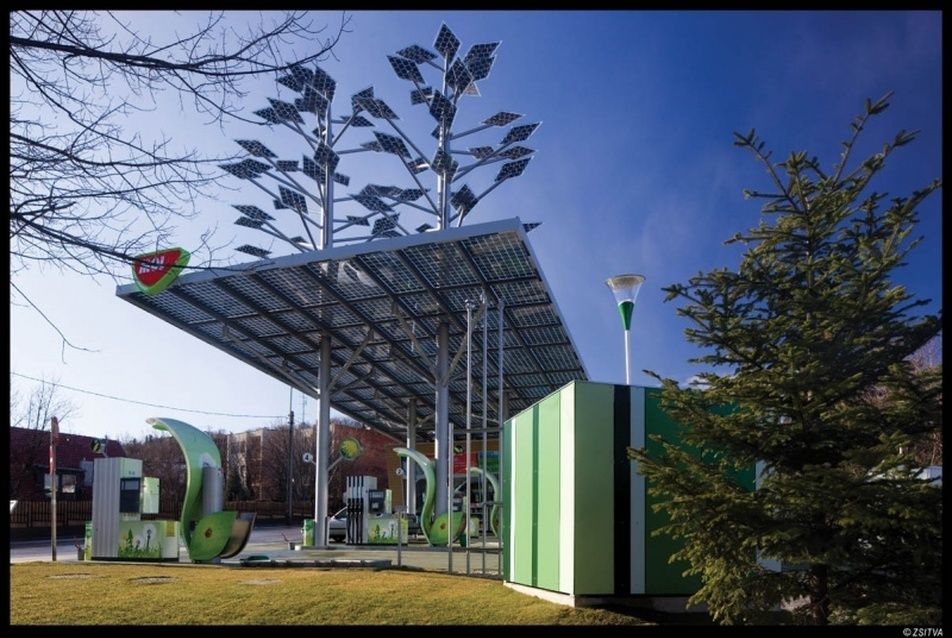
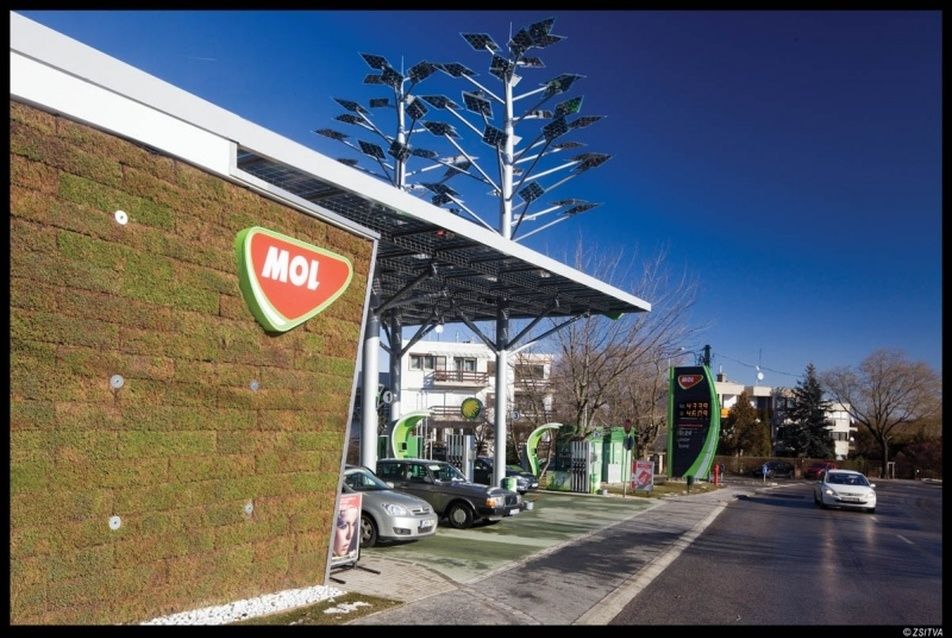
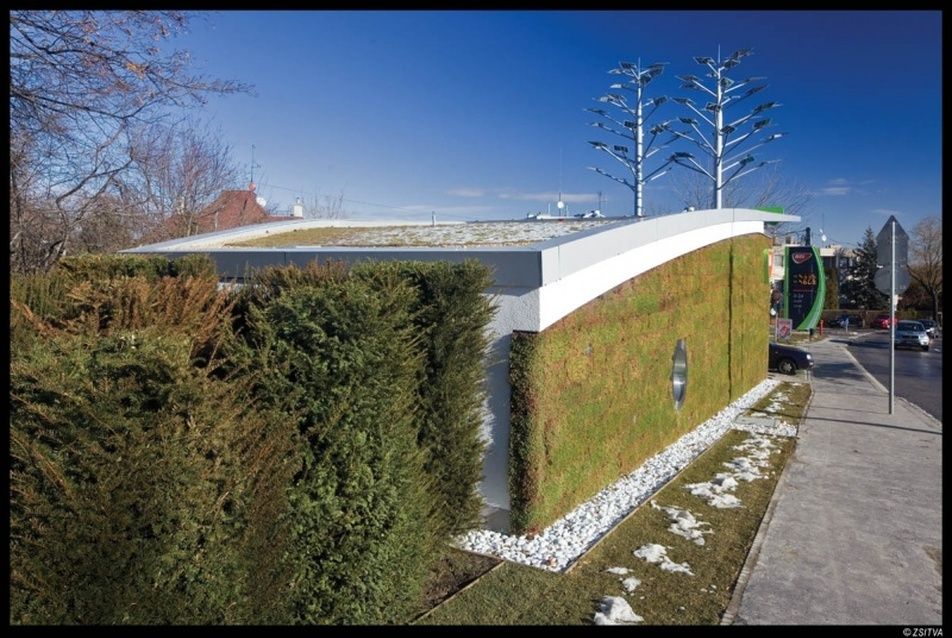
Mala Ulica
Ljubljana | Slovenia
Although Ljubljana holds the title of the greenest European capital, it does not yet have a wealth of green walls. Therefore, this playground area in the Mala Ulica Family Center is perhaps the most spectacular example.
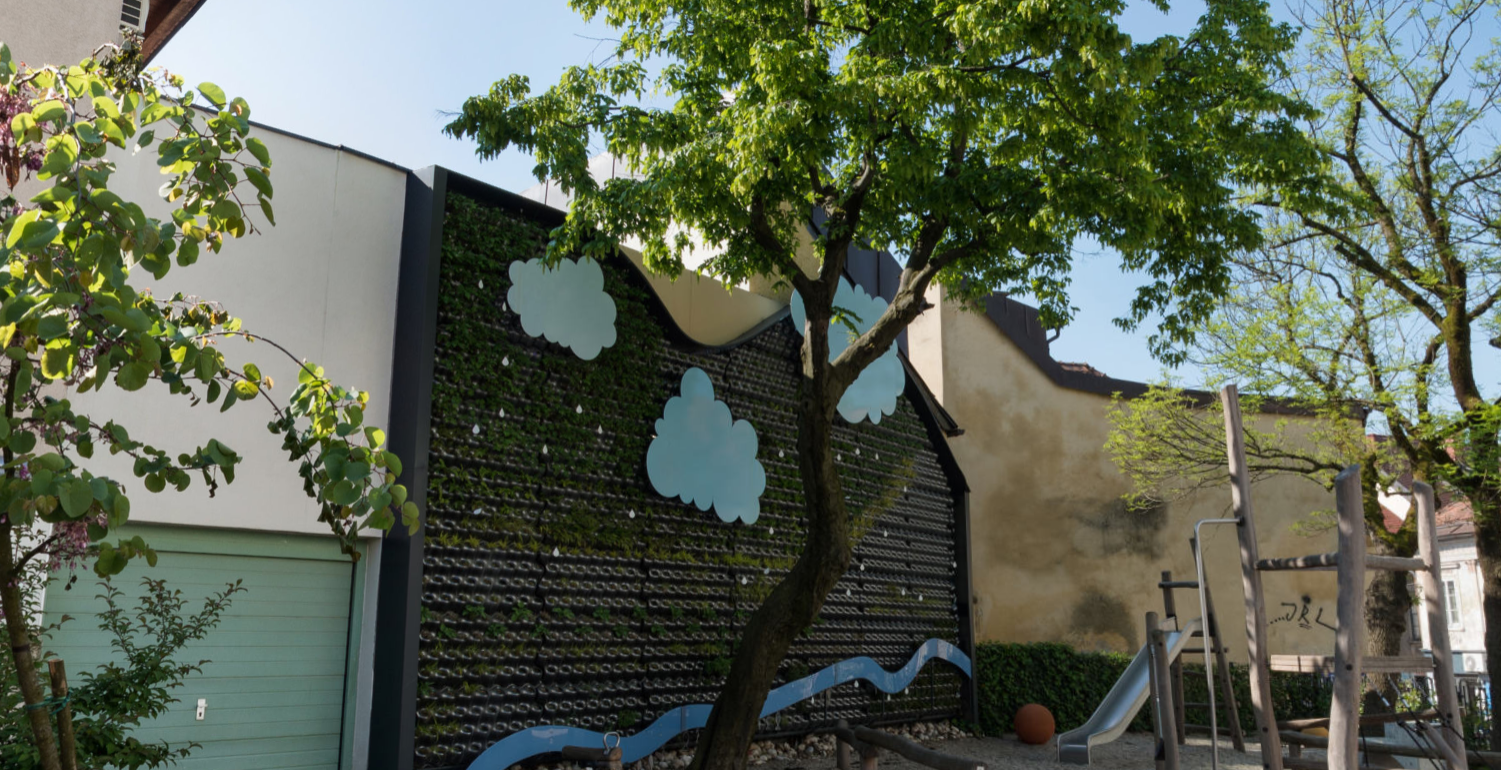
Sources: Romania Posts | Economica | Terapia Urbana | Vertical Garden Budapest | Építészfórum | Serbia Post

Ten faces of the modern woman | Anka X Anett Hajdú










